The other massacre of Italians in the Congo. Kindu, 1961
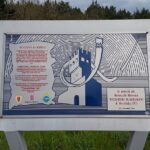
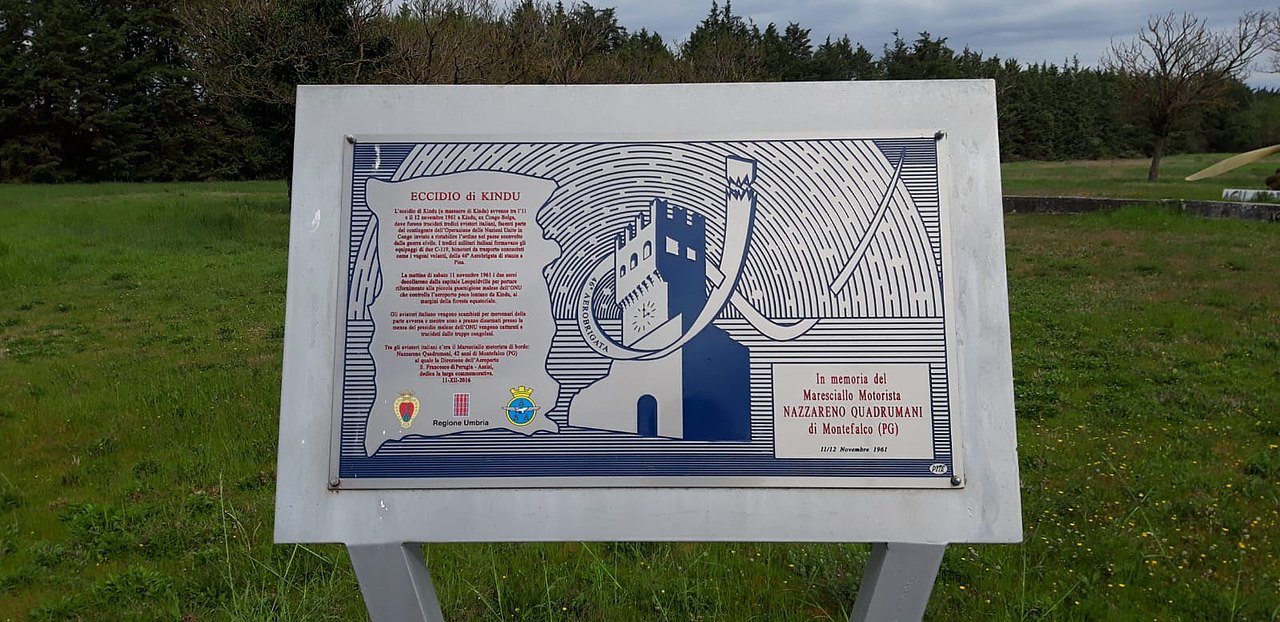
The commemorative plaque of the Kindu massacre at Leonardo Da Vinci Airport
On the day of the tragic death of ambassador Luca Attanasio and carabiniere Vittorio Iacovacci in Congo, who were ambushed, we remember that these are not the only Italians who died in diplomatic or peace missions in the great African country.
In 1961, thirteen Italian aviators, on a peace mission with transport planes, were killed in Kindu by local militias, in a situation of extreme chaos.
After the abandonment of Congo by the Belgians, on 30 June 1960, the country plunged into chaos, with the secession of Katanga, rich in mines and taken by General Ciombé and his militiamen, often western mercenaries, and the rest of country governed by the pro-socialist Patrice Lumumba. Lumumba, who opposed the interests of the mining multinationals and was too close to the USSR, was overthrown by a coup d'état by General Kasa-Vubu, loaded on a plane and sent to Ciombé, who had no qualms about eliminating him. The country further split in two: the west in the hands of Kasa-Vubu and General Mobutu, the east in the hands of Lumumba's deputy, Antoine Gizenga.
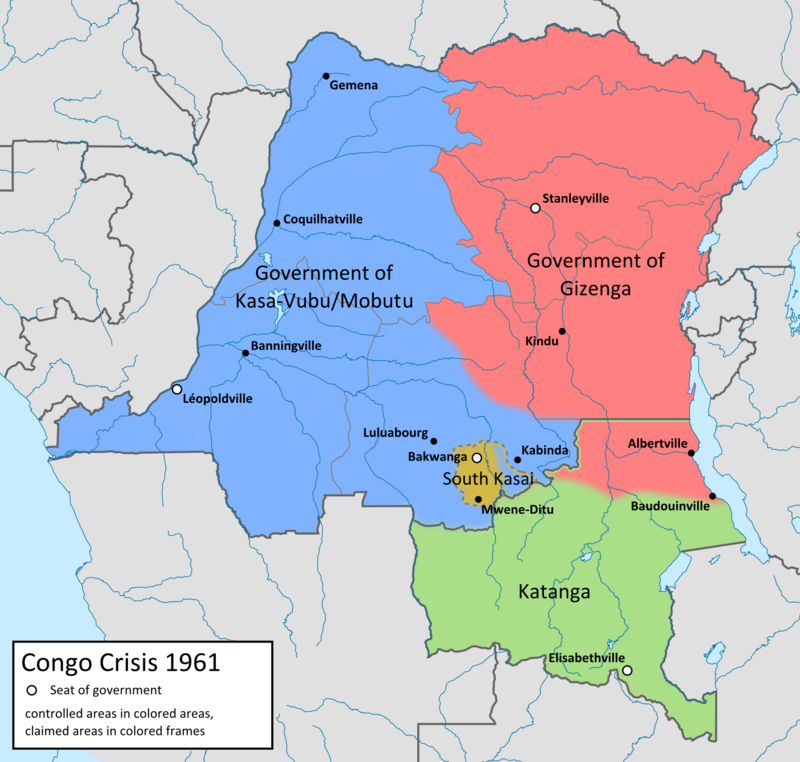
Our Airmen of the 46th wing operated two Fairchild C119 Lyras in charge of the 46th wing. They were in Congo as part of a UN mission in an attempt to bring about peace and the recognition of legitimate authorities, which at that time was anything but certain. Their function was mainly to transport supplies to the dispersed international garrisons in what was perhaps the first real attempt by the UN to meet its duties. If you want to understand what it meant to be in these dispersed garrisons I recommend the film “The siege of Jodoville”; on an event involving an Irish company besieged by the Katangians,
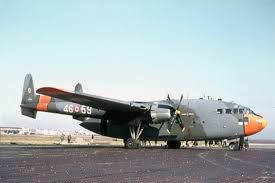
The two Italian aircraft, with their crews, were sent to the Kindu airport to supply the small local UN garrison, made up of Malaysian soldiers. In the area there was a strong tension due to clashes between the government troops and those headed by the government of Leopoldville now Kinshasa, and those of Gizenga, who occupied the city.
Word had spread of a possible attack by government or UN troops with paratroopers. When the two planes flew over the city, the local garrison and many civilians thought these rumors were true. IC 119 meanwhile landed at the airport, whose tower was now useless, unloaded the planes and went to lunch, unarmed, in a small house used as a canteen near the area, together with some Malaysian officers.
The Congolese found them in this house, practically defenseless and, despite the explanations and protests of the Malaysian officers, they beat them hard, because they mistook them for Belgians in the pay of the Katangians. The medical officer Francesco Paolo Remotti tried to escape but was immediately caught up and killed.
The others, with Remotti's body, were loaded onto trucks and taken to the city in the local prison accompanied by about 300 militiamen under the orders of a certain Colonel Pakassa. The commander of the Malaysians, Maud, tried to negotiate their release or study a possible liberation action, but in the night a group of militiamen armed with machine guns entered the cell and killed all the Italian airmen, including the commander, Major Parmeggiani. The bodies, left there, were taken away by the prison warden and buried in a mass grave, to prevent the population from making havoc.
Gizenga's men tried to justify the massacre with the most fanciful accusations, such as that they were carrying supplies for Katanga, and that they had been lured into a trap, when the flight plan was known and it was known that the tower was deactivated by time (this was discovered by a brave Ronchey who went to the place).
Only after weeks the prison warden got in touch with two Italians who lived in Kindu, the Arcidiacono brothers, who managed to warn the Italian authorities. In February 1962, an Austrian Red Cross column was organized, accompanied by our airmen from the 46 flock and Ethiopian blue helmets, who recovered the corpses, still in good condition and recognizable. They were brought to Pisa where they lie in the Chapel Shrine to the fallen of Kindu.
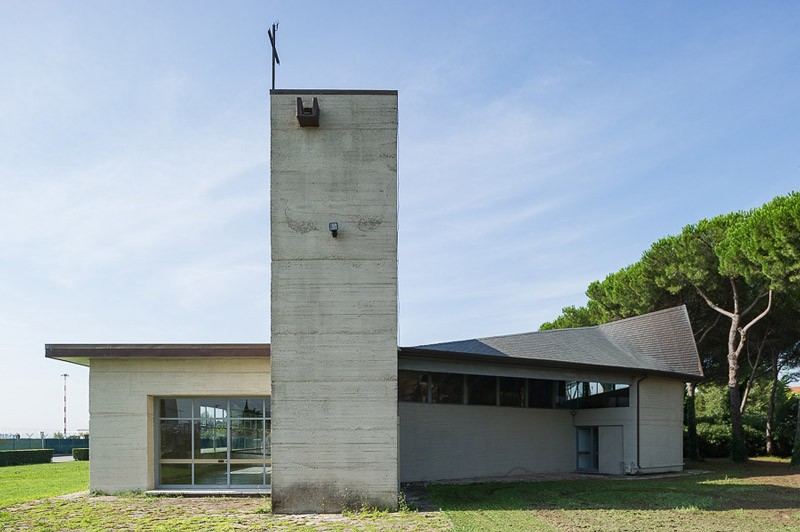
For the opposition of the left they got the gold medal for memory only in 1994, after thirty years. The families only got compensation in 2007. Nobody paid for their deaths. Antoine Gizenga was Prime Minister of the Democratic Republic of the Congo after the Mobuto era.
We hope for faster justice for Attanasio and Iacovacci.

Thanks to our Telegram channel you can stay updated on the publication of new articles of Economic Scenarios.
The article The other massacre of Italians in the Congo. Kindu, 1961 comes from ScenariEconomici.it .
This is a machine translation of a post published on Scenari Economici at the URL https://scenarieconomici.it/laltra-strage-di-italiani-nel-congo-kindu-1961/ on Mon, 22 Feb 2021 21:08:43 +0000.
